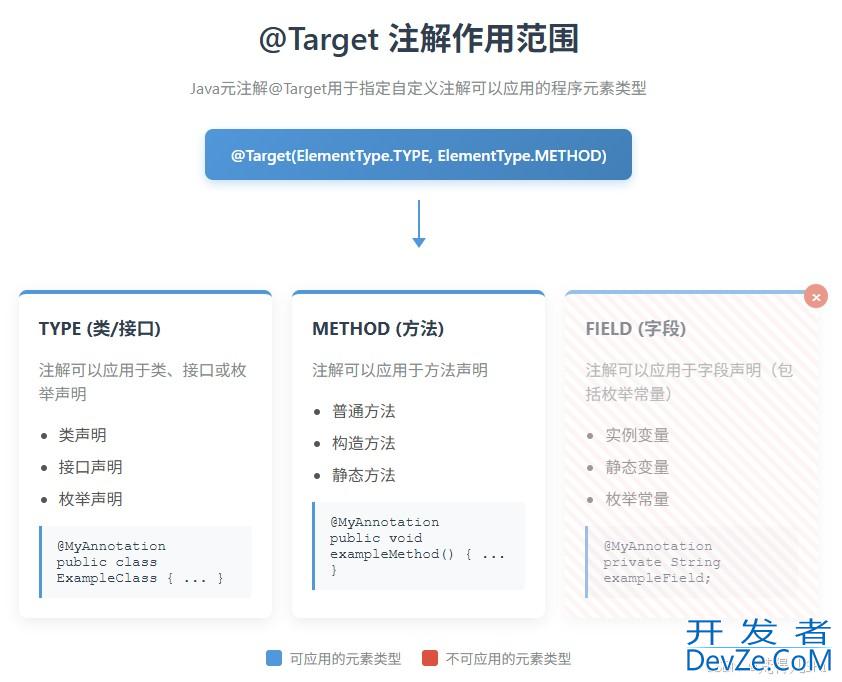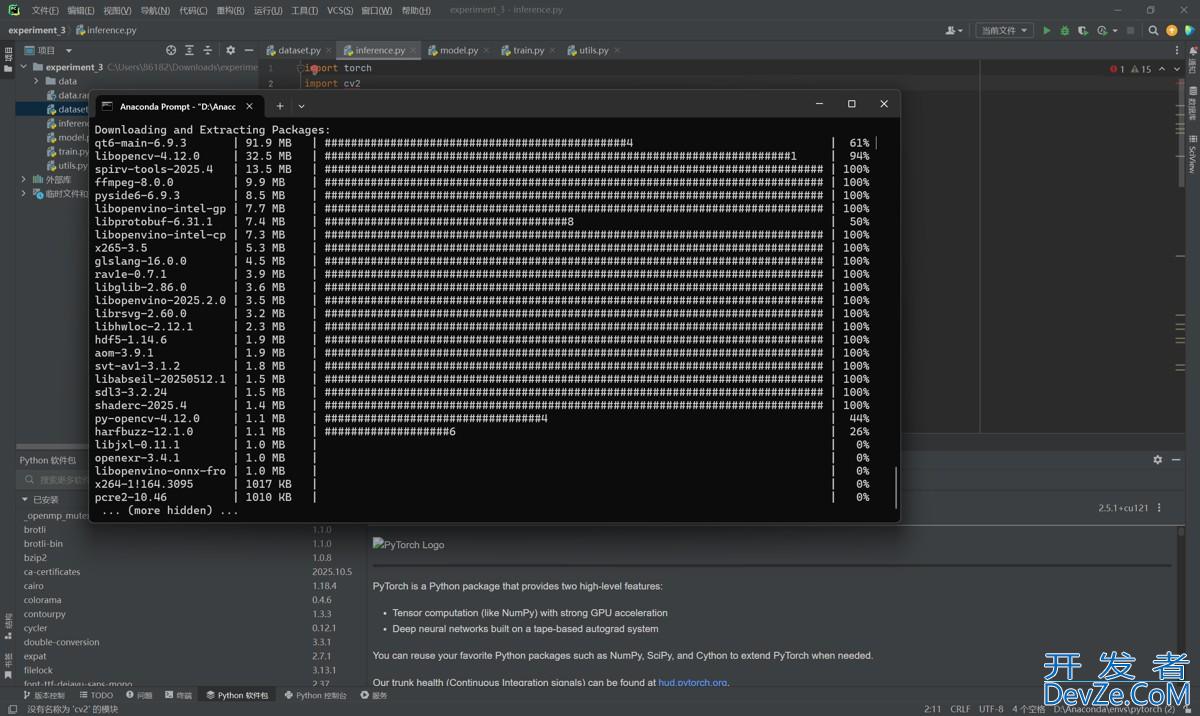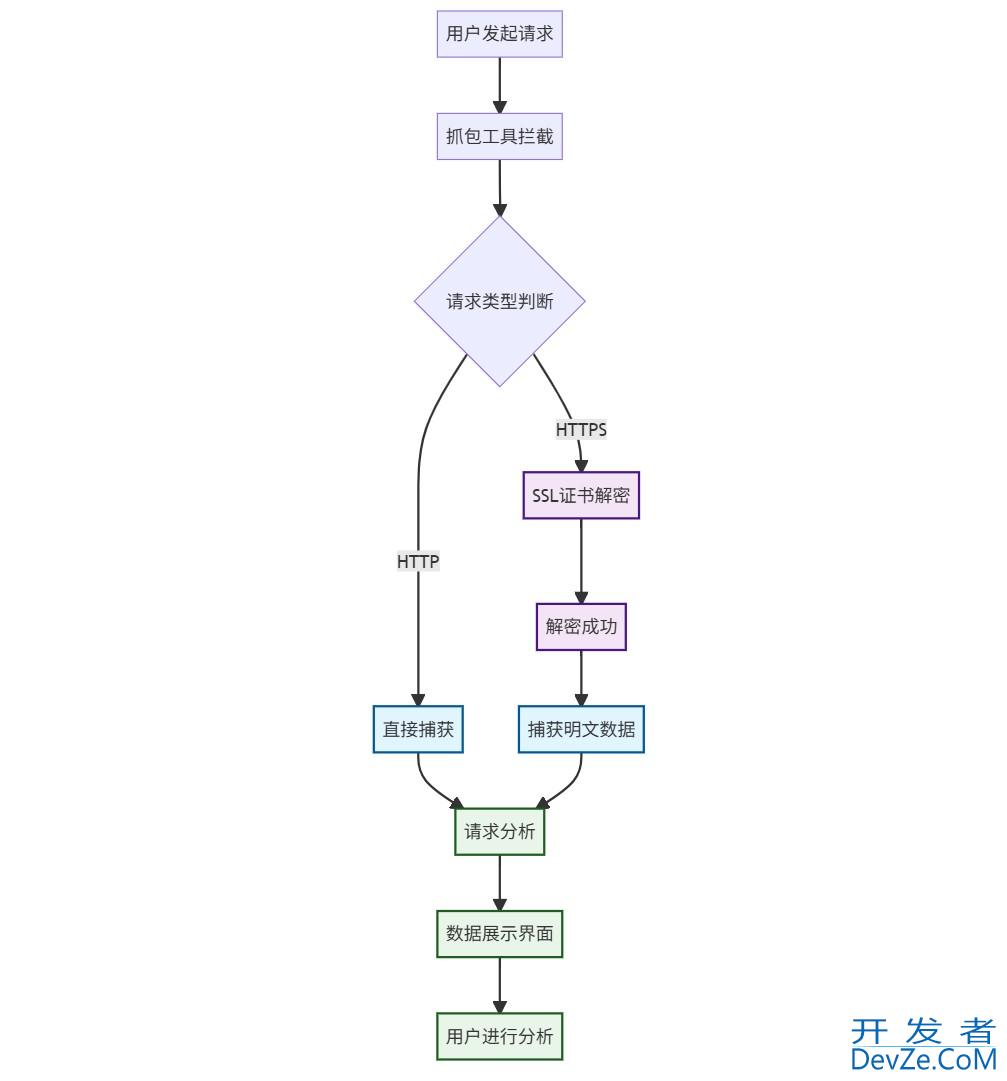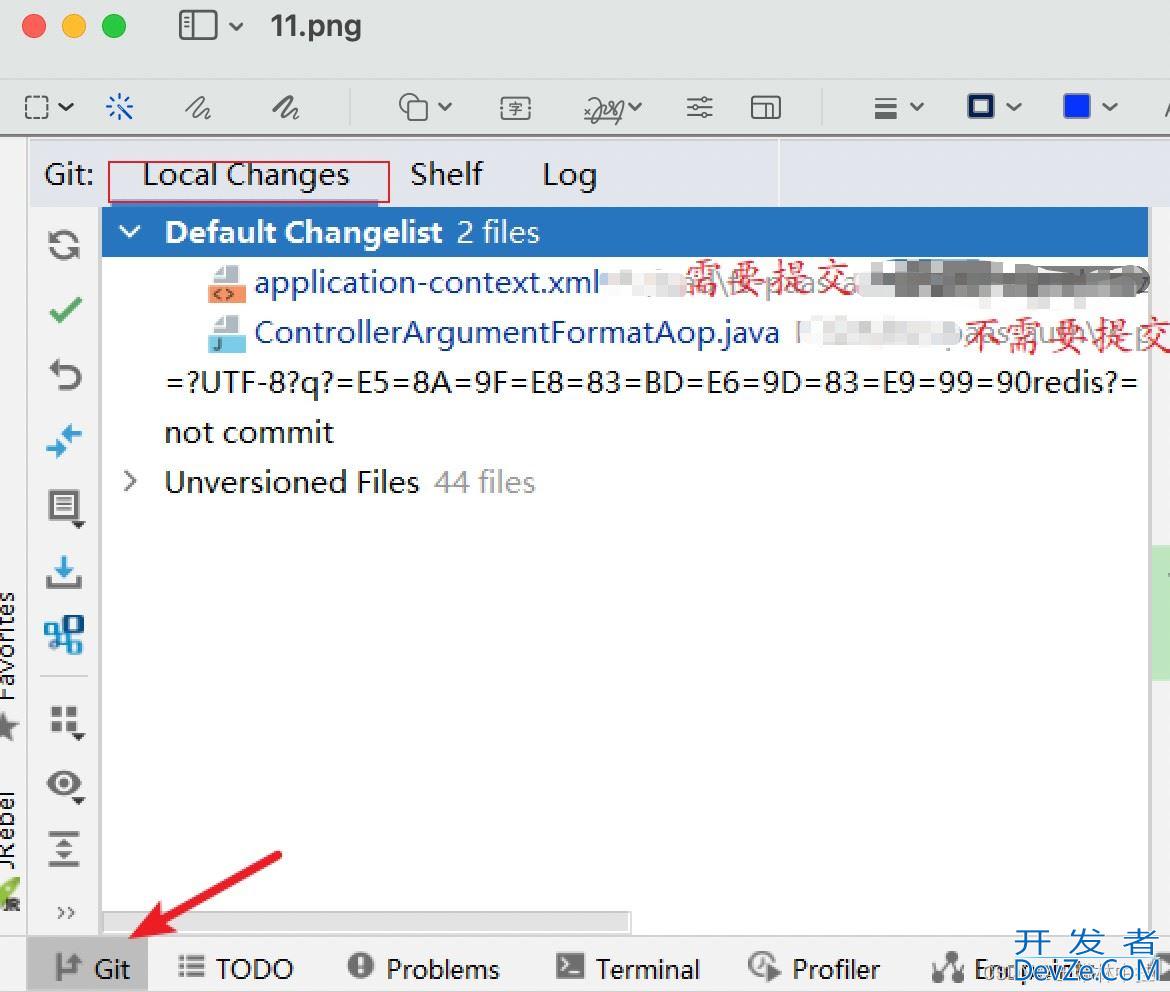目录
- Java中instanceof的作用
- 1、类型检查
- 2、安全类型转换
- 3、多态性处理
- 4、接口实现检查
- 使用instanceof时需要注意以下几点
- 总结
java中instanceof的作用
在Java中,instanceof关键字用于检查一个对象是否是特定类的实例,或者是否是该类的子类或实现了该类的接口的实例。
它是一个二元运算符,左边是待检查的对象,右边是类名或接口名。
1、类型检查
instanceof可以用来判断一个对象是否属于某个特定的类或接口。
例如:
Object obj = "Hello";
if (obj instanceof String) {
System.out.println("obj 是 String 类型的实例");
}
2、安全类型转换
在进行类型转换之前,使用instanceof可以确保类型转换是安全的,避免抛出ClassCastException。
例如:
if (obj instanceof String) {
String str = (Strjavascripting) obj; // 安全的类型转换
System.out.println(str);
}
3、多态性处理
在多态的情况下,instanceof可以帮助你确定对象的实际类型,以便进行相应的处理。
例如,在一个继承体系中,你可以根据对象的实际类型执行不同的操作:
class Animal {}
class Dog extends Animal {}
class Cat extends Animal {}
Animal animal = new Dog();
if (animal instanceof Dog) {
System.ohttp://www.devze.comut.println("animal 是 Dog 类型的实例");
} else if (animal instanceof Cat) {
System.out.println("animal 是 Cat 类型的实例");
}
4、接口实现检查
instanceof也可以用来检查一个对象是否实现了某个接口编程客栈。例如:
class MyRunnable implements Runnable {
public void run() {
System.out.pGEAGvGSMorintln("Running...");
}
}
Runnable runnable = new MyRunnable();
if (runnable instanceof Runnable) {
System.out.println("runnable 实现了 Runnable 接口");
}
使用instanceof时需要注意以下几点
1、instanceof的右边必须是一个类名或接口名,不能是变量或其他表达式。
2、如果左边的对象为null,instanceof的结果总是false,GEAGvGSMo因为null不是任何类的实例。
3、instanceof不能用于基本数据类型,它只适用于对象类型。
4、过度使用instanceof可能导致代码耦合度增加和可维护性降低,因此在设计良好的面向对象程序中,应尽量通过多态和接口来实现行为的差异,而不是频繁使用instanceof进行类型检查。
总结
以上为个人经验,希望能给大家一个参考,也希望大家多多支持编程客栈(www.devze.com)。








 加载中,请稍侯......
加载中,请稍侯......
精彩评论